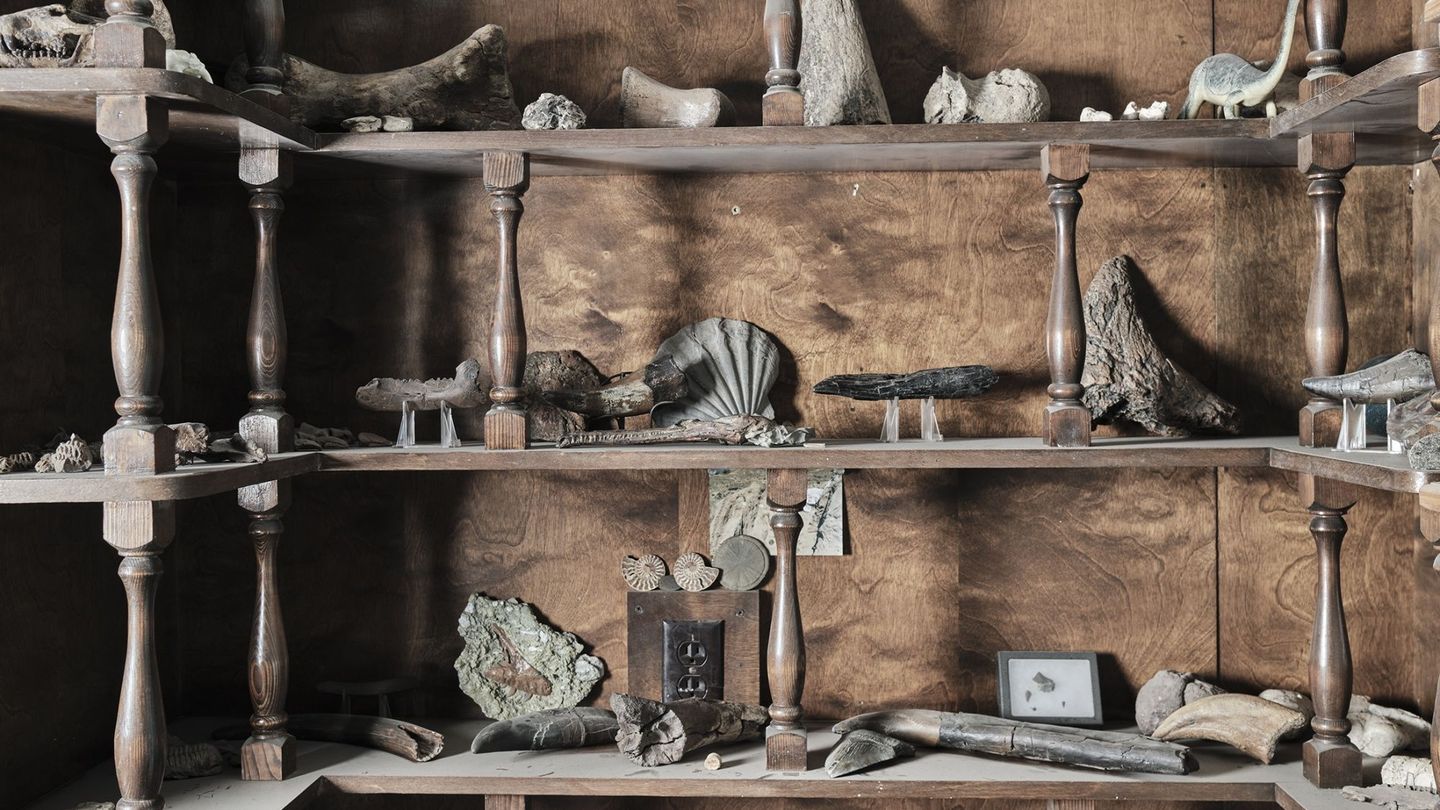

Words: Tom Ward
The next smart investment may not be cryptocurrencies or supporting tech billionaires on their space adventures — but something far closer to home; far deeper in the earth. Instead of looking to the future and new technologies, a rich vein of wealth may be uncovered by turning to the past. Specifically, the Cretaceous period. It was a time when T Rex, that tyrannical lizard king, ruled the western part of North America. Some 85 million to 65 million years later, it is these same creatures that are making fossil hunters rich. Take ‘Stan’, a T Rex fossil that sold for $31.8 million at auction last October.


